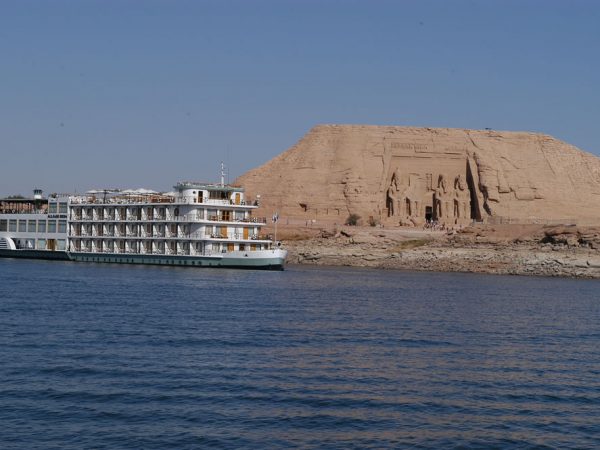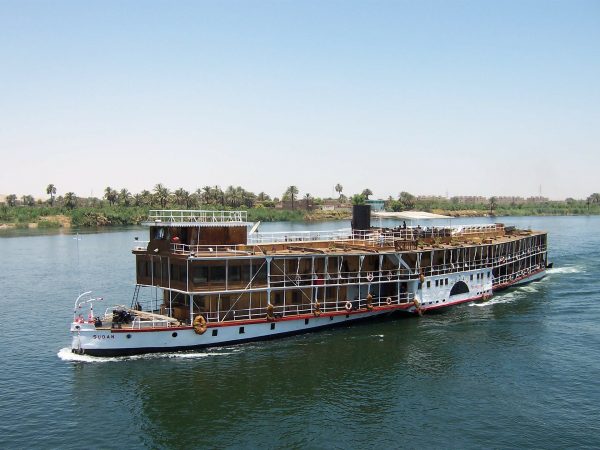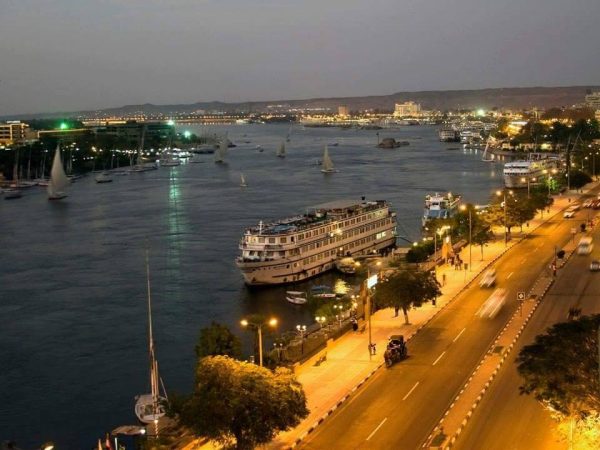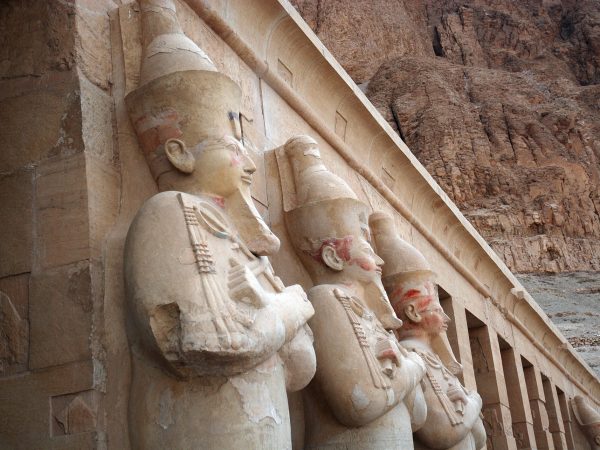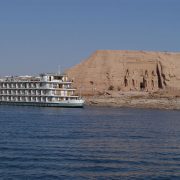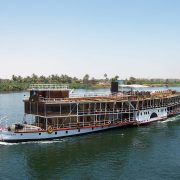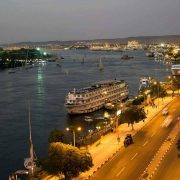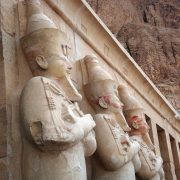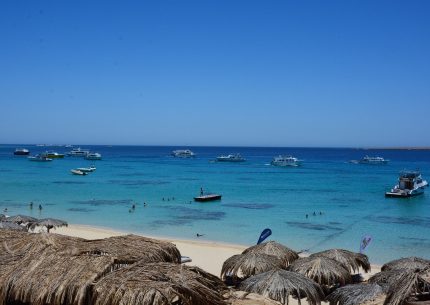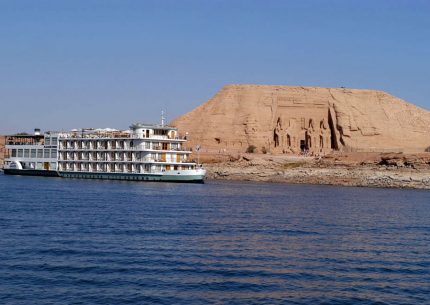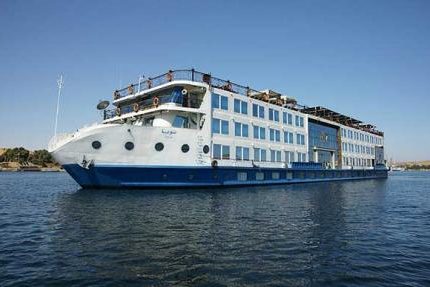Since prehistoric times, the Nile River provided the main trade route between the Mediterranean and Africa, with Nubia the point of contact between the two worlds. For Pharaonic, Greek, Roman, Byzantine and Arab civilizations, Nubia was a valued province and the corridor to Africa, the home of diverse cultures and political powers over thousands of years.
In the last century this region has witnessed two of the greatest engineering feats in modern history; the construction of the Aswan High Dam with the consequent creation of Lake Nasser, and the UNESCO project which saved the historical sites of Nubia threatened with permanent submersion beneath the waters of the Lake.
The total volume of the dam itself has been calculated at 17 times that of the Great Pyramid, and to build it 30,000 men worked round the clock for 10 years. The resulting reservoir extends 500 kilometers, some 380 of which lie in Egypt, with an average width of 10 kilometers.
When the decision was made in 1954 to build the dam, the evacuation of the Nubian community of over 100,000 people became an imminent reality. Meanwhile, urgent attention was required to safe-guard the Nubian monuments. In 1960, UNESCO responded to appeals for assistance by launching the Nubian Campaign, an enterprise that involved the resources of some 54 nations over a 20-year period. The degree of ingenuity required to save the temples was a fitting tribute to the creative genius that accomplished their original construction. It was the first time in history that so many countries, individuals and disciplines united in an undertaking dedicated to the idea of a common cultural heritage and the universality of art.Although the Nubian Campaign was officially completed in 1980, the Lake and its monuments remained isolated from tourism for over a decade. Thanks to the efforts of Mostafa and Tarek el-Gendy, the owners and operators of the Eugenie and Kasr Ibrim, the immense lake and the temples on its banks were made accessible to travelers as of 1993. Lake Nassers coasts are currently uninhabited, but it is the el-Gendy brothers dream that this wealth of fresh water and land will once more host thriving communities, as it has throughout the ages.

